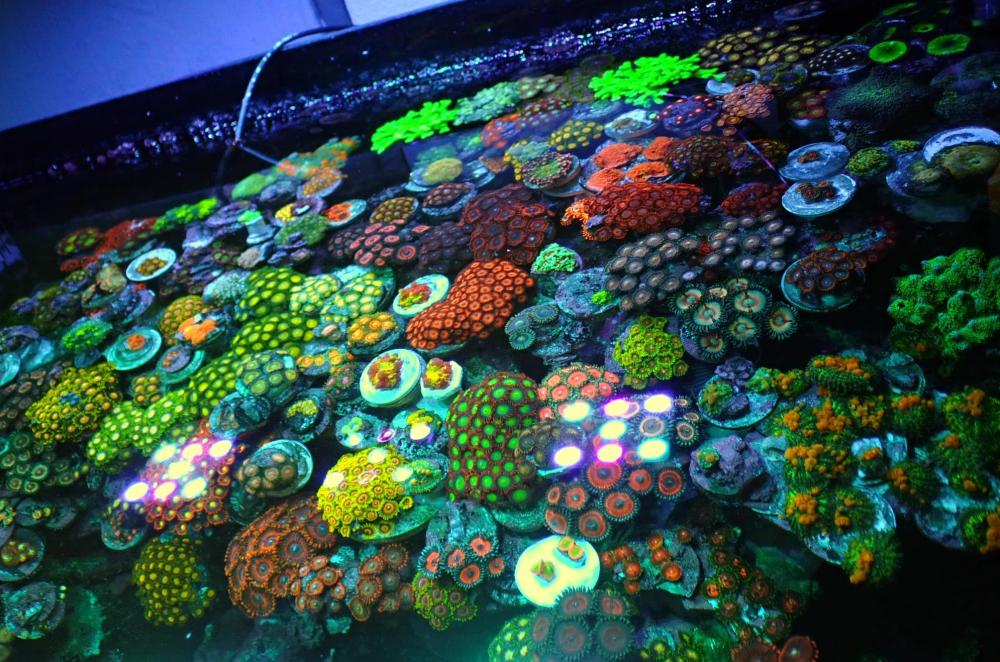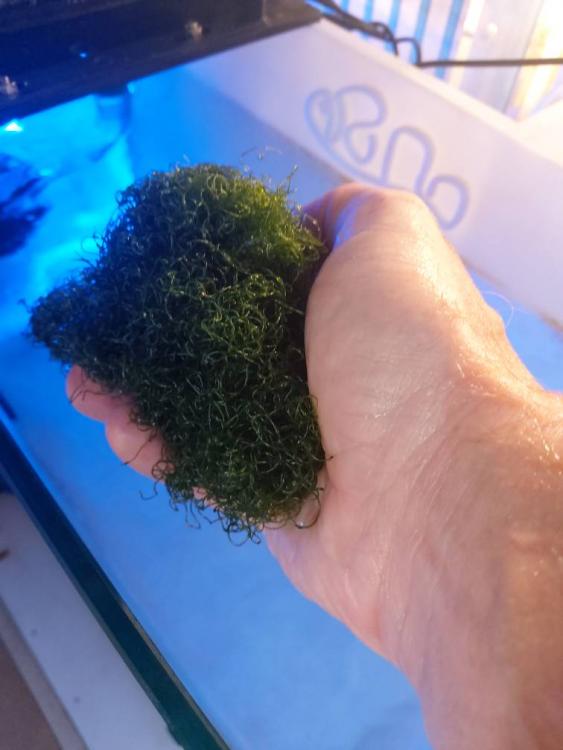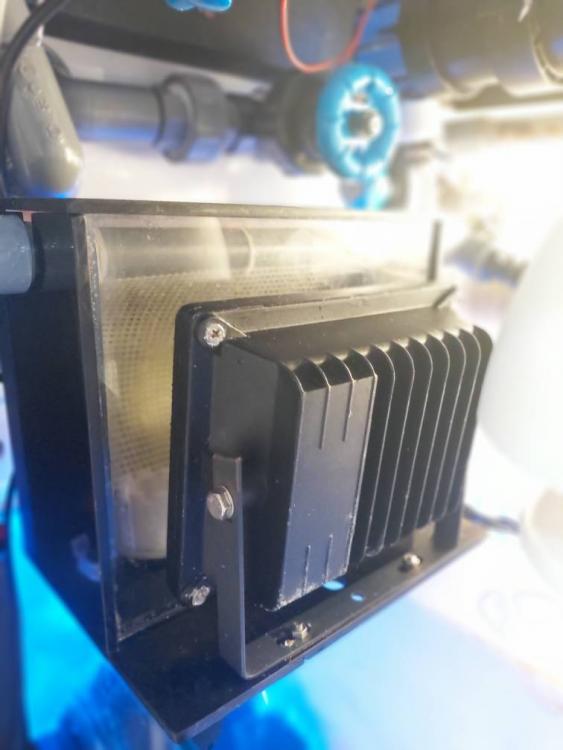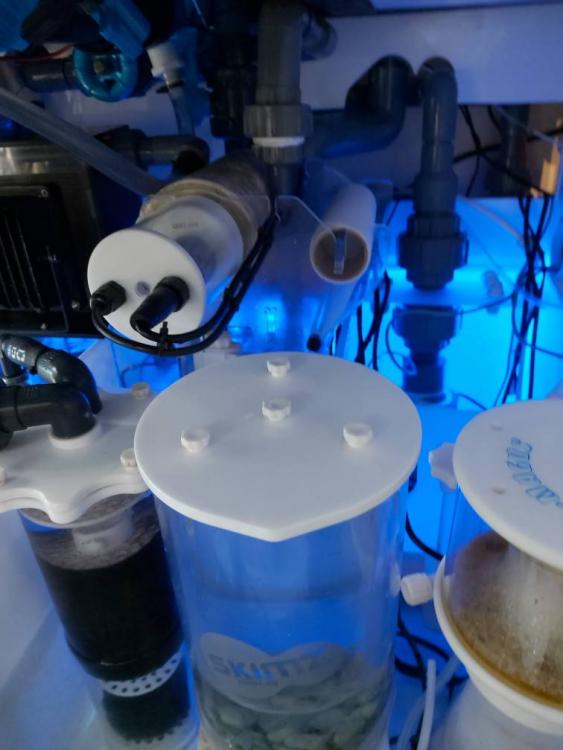Leaderboard
Popular Content
Showing content with the highest reputation on 05/13/2020 in all areas
-
2 points
-
Thanks! Still hoping to collect more HAHA Wa no la. Just a small collection of some corals only Hopefully fast! Haha and hope they don't die on me... Thanks! I got them from various shops and reefers. Haha just gotta slowly look out for stuff that catch your eye Separately, close-up of a rare coral :p Has a slight green tint to the polyps but that is lost in the photography ): Anastromvos leather: "Baby" Anastromvos leathers. The way these corals reproduce asexually is very interesting. They form little polyp-less buds that eventually roll off the mother colony and over a few weeks these detached buds grow polyps and attach themselves to grains of sand (and then I glue them lol)1 point
-
Got an AquaUV 57w UV sterilizer from RMS not long ago. Main purpose is not to reduce risks related to protozoa (ich) & algae. But more for ridding accumulated toxins in an enclosed reef tank. These toxins come from zoanthids, chemical warfare between corals in close proximity, bioaccumulation from the self prepared fresh fish/prawn meat, aerosols from the air etc. Just worried about long term effects. According to the specs, the AquaUV unit is suitable for tanks up to 1300L. And capable of achieving 90,000 uw/cm2 with water flow rate of 4000l/hr. At these specs, the AquaUV is easily capable to eradicate protozoa when it passes through the filter. uw (micro watts) /cm2 is a measure of energy intensity. For reference, the killing dose of UV [uw/cm2]. Bacteria = 15,000 — 30,000 Algae = 22,000 — 30,000 Protozoa = 90,000 Some pics : Printed some brackets to hold the UV unit Printed a power supply bracket. Made a small slot on the lower bracket for easy PSU removal. Reinforcement tubes used at places where the hoses may kink (and restrict the flow rate). In my set up, water is fed by an Ecotech Vectra S1. Water flow rate to the AquaUV is estimated ~ 2500L/hr (rough visual guess. I don't have a flow meter). Outlet water pipe exits the AquaUV, right in front of one of the return pump via this tube adapter. The plan is the suction from the return pump pulls all the 'clean' water goes back to the display tank. Hence, an estimated 40% of the total water flow to the display tank is sterilized. I think this is good enough. UV lighting schedule. Not switched on 24/7 at this point. Plan to increase UV hours progressively. Black = Off. Blue = On Amateur Apex programming below Keen to get suggestions.1 point
-
1 point
-
One of the "projects" for the previous reef was to grow encrusting corals on bare bottoms. Here's some pictures of such a attempt using Montipora danae. Closeup shot of one of the initial frag laid on the glass base. Group shot Merging as these grow...... And grow..... Till these almost covering up a major portion of the reef base.1 point
-
1 point
-
OBJECTIVE 4: Ultra low Nutrient Tank (part 1) I have or am in the process of installing several Nutrient Removal solutions. I have listed them down below (in a rough order of importance)... 1. RODI. Every successful reef tank starts with good water. A reasonable RODI system producing zero TDS allows for you to ensure the tank starts off with a strong building block. 2. ROLLER-MAT. These simple yet ingenious devices not only have a much finer mesh then socks removing much finner particulates, they also need far less maintenance as they typically last several months before replacement. One benefit is you are literally removing the detritus out of the water column, as opposed to a sock where the detritus sits in the bottom of the sock constantly leaching nutrients back into the water like an ammonia rich tea bag. I designed my whole sump around having a roller mat, sadly not all sumps come in a roller mat freindly model (any tank manufacturers out there listening!). The roller mat dose such a good job of removing nutrients that I ended up having to reduce the size of my skimmer*. So those of you upgrading to a bigger tank and thinking of getting a new larger skimmer, may want to consider an alternative option. (*note need for gas exchange) Personally I don't enjoy maintenance, I would rather spend my time more productively. So to find a solution that is not only so much better in its execution, but also takes the worry out of having to constantly remove and clean socks at a certain time to ensure stability, well it is a win win for me. They are amazing tools and I would never have a system without one. 3. REFUGIUM. Powered by a strong refugium light to ensure fast growth. The aim is to only use sterile cheato (macro algae tends to have loads of hitchhiker's, so I quaratine mine). One consideration of a powerful refugium light is to check the PAR and height placement as to ensure you don't overexpose your macro algea (turns white). I have a Kessil H380 (which just stopped working yesterday - sob sob sob) so ended up building my own light shade with built in defuser. Now, you may not recognise it but refugiums are actually a highly controlable nutrient export tool. You can amend the amount of macroalgae in the system keeping the ball of chaeto to a set size/weight (over time you will figure out how big it needs to be); You can amend how much you harvest at any given time; how long you leave the lights on; how strong the light are; (if you have a good sump) you can even control how much water flows through the refugium; Furthermore you can get differing macroalgeas that grow (thus intake nutrients) at differing rates - Although my search for dragons breath macroalgae is still yielding no leads haha. As such there are many ways you can dial in the refugium into your nutrient removal toolkit. You dont need to have a large space either to achieve results. Mine is just 35L in volume which is c.7% of my total water volume. Much lower then the recommended 15-20%. Yet it is more than sufficient as I use it in combination with the other tools mentioned, plus I have / had (sob sob) a powerful light to enhance growth rates. So even if you dont think you have enough space, use what you have got available and if necessary just increase the photoperiod (to a certain degree) Now, I dont have a macro algae reactor. I used to own one but found it difficult to keep, also I prefer the ease of a refugium. However, if space is an issue then you can always consider one instead of the refugium. 4. ATS: An Algae Turf Scrubber is dollar for dollar the best nutrient removal solution IMHO. An ATS allows for finer control of nutrient removal beyond that of the refugium as both the flow into the ATS and the photoperiod of the light can be easily amended to either increase or reduce it's overall impact. Further, one can even downsize the actual mesh size inside an ATS to control exactly how much GHA can grow. Another benefit is that oxygen is produced by photosynthesis. As such (especially in a waterfall design) an ATS provides another means of gas exchange. Given this, I intend to use a small ATS (I built my own) to fine tune the nutrient removal in my system. It will be part of a series of tool that I can use. But to be clear, the idea with the tools mentioned above is to use them when needed, and not necessarily all at the same time. So that is my top four. In part 2 I will continue to go through what other tools I have in place on the new build in order to keep nutrients exactly where I want them. Until then happy reefing! Sent from Singapore Reef Club mobile app1 point



.thumb.jpg.7be1e70fc4b0fe3f57e72e22122c62ac.jpg)
.thumb.jpg.2b5280f0d465bfe0eab6b44cd47add45.jpg)
.thumb.jpg.80e30f2112b28fe13c8c9723be13a42f.jpg)
.thumb.jpg.9f9a797b72991e1f63ca4fbcd1d8d9ad.jpg)
.thumb.jpg.547ae57196dd661cfb6e1d9a7ca1f851.jpg)
.thumb.jpg.6bb8c368f7f0f9f596aa5022d8c27846.jpg)
.thumb.jpg.867b166140f8afa49377497c3373c43d.jpg)
.thumb.jpg.9290882129a864b1652e8daf42744084.jpg)
.thumb.jpg.f8302048b4828b67cb841f94f98cd1a6.jpg)
.thumb.jpg.68a5559f94292d9e95ec541db528df64.jpg)
.thumb.jpg.3cb367dc2789cd3b54c95d3ccfed0017.jpg)
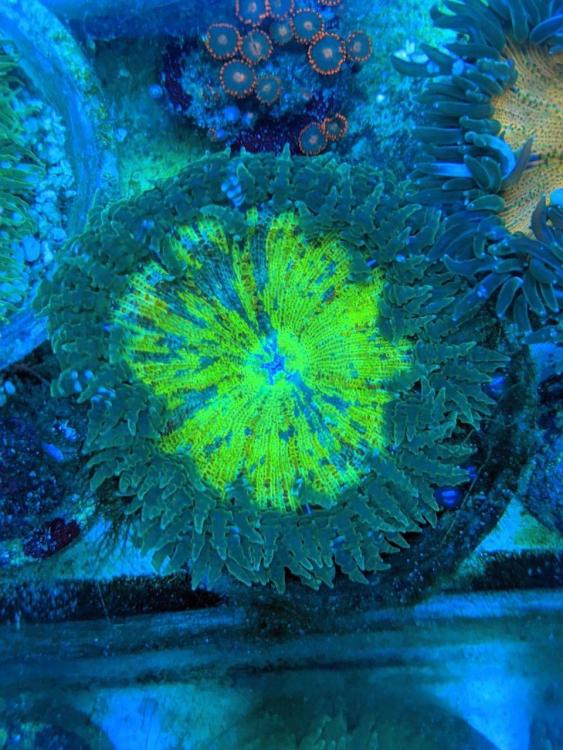
.thumb.jpg.9e74f37b70188da2e807b3b12c39b6b5.jpg)
.thumb.jpg.6177e65b2ce11c8c52a009607a579372.jpg)
.thumb.jpg.42d63520a57dedb2c2f5bdedb17fd303.jpg)
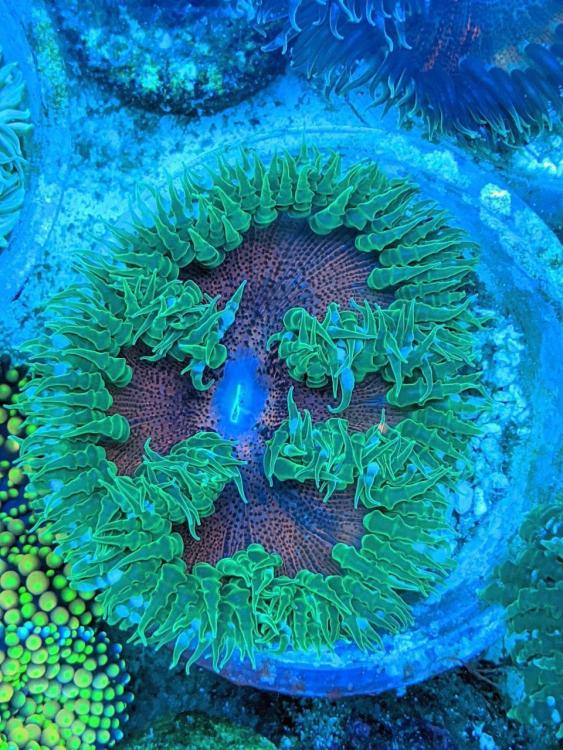
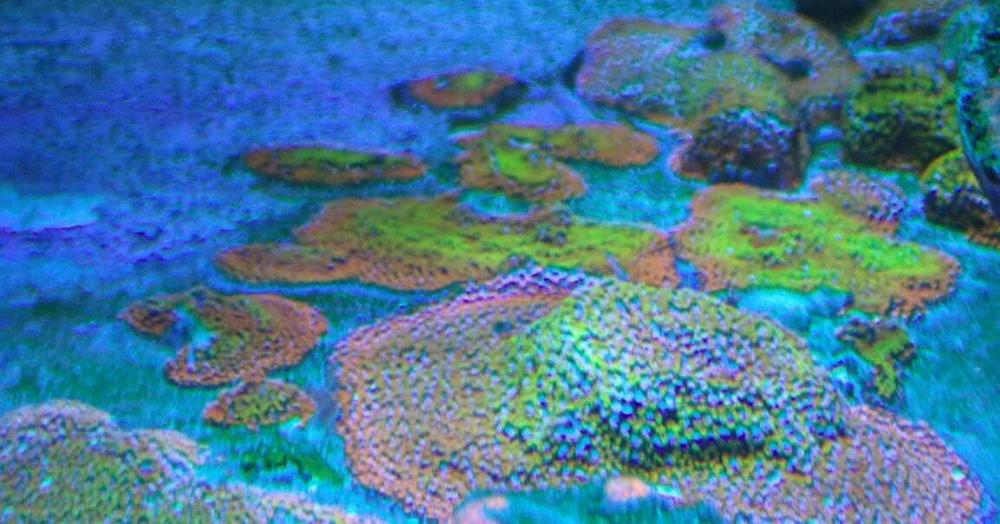
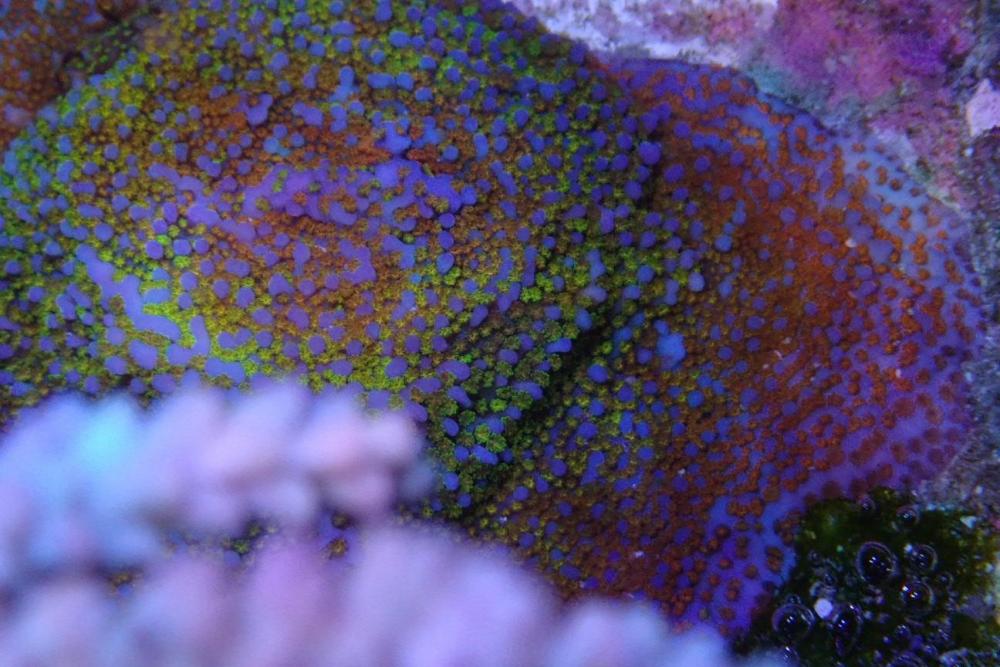
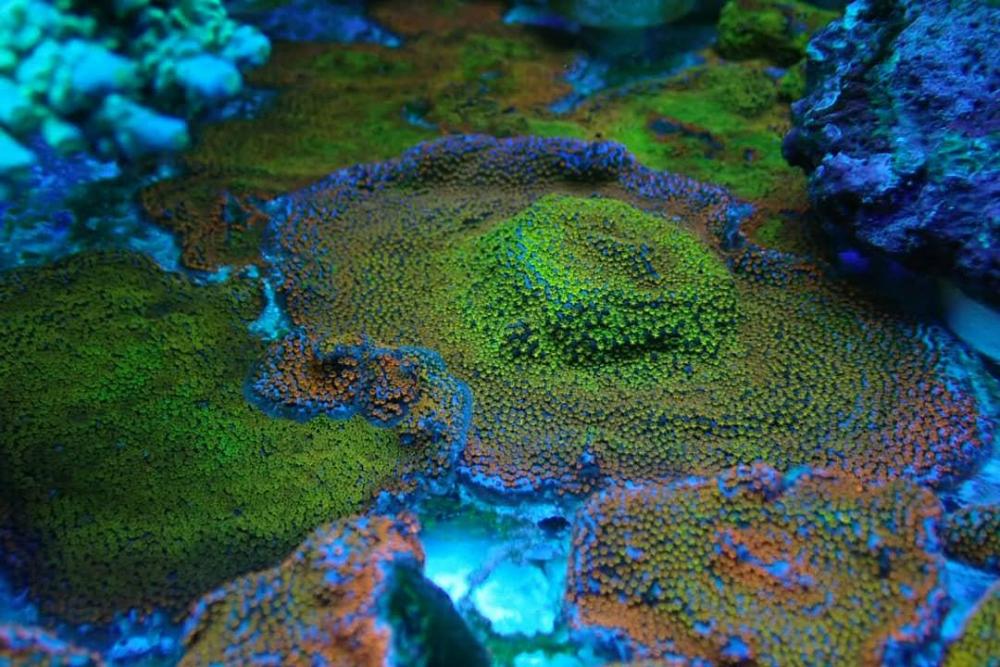
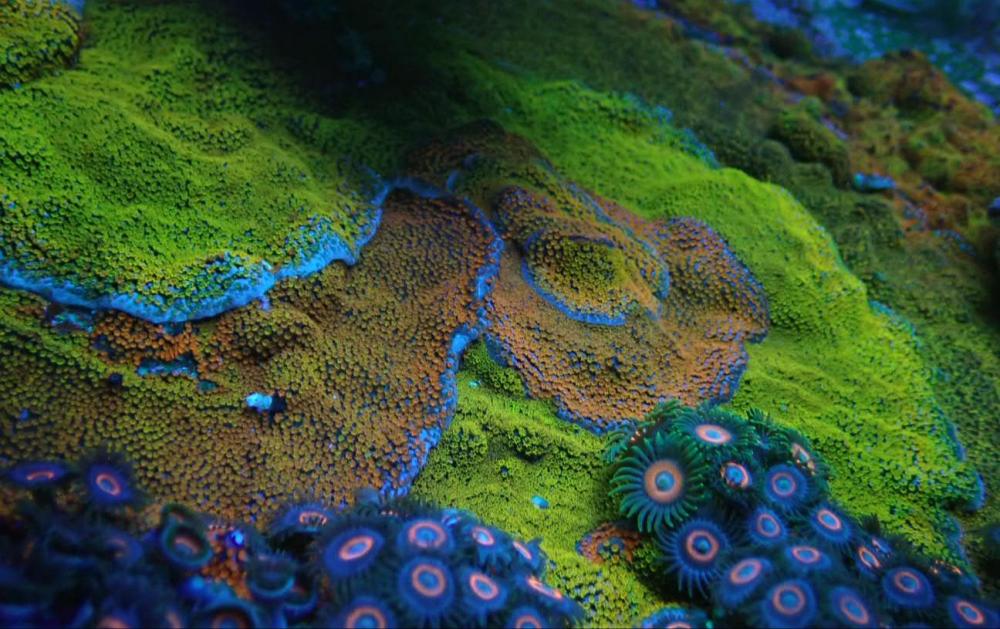
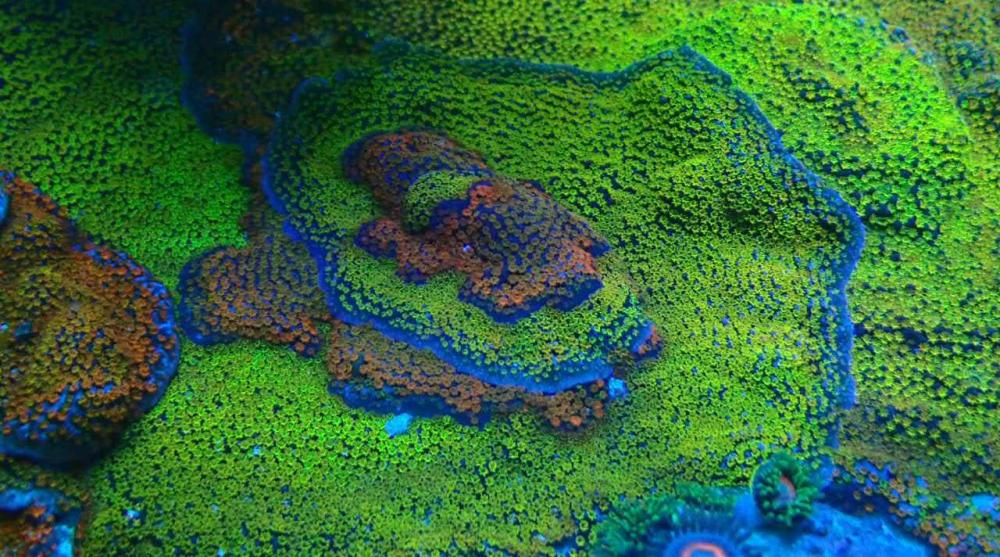
.thumb.jpg.e4f8b0c5ed4cb2bf146b00a7de2af6a2.jpg)
.thumb.jpg.c917835ade4f8c4308281a0841a07683.jpg)
